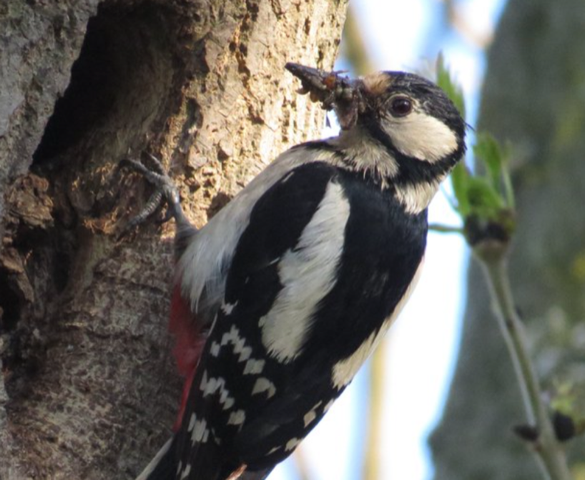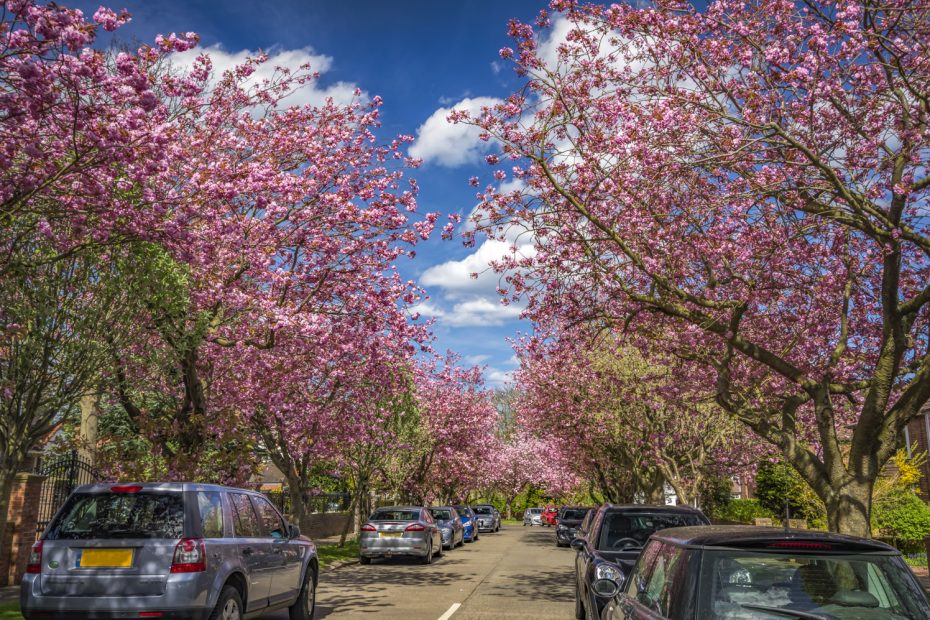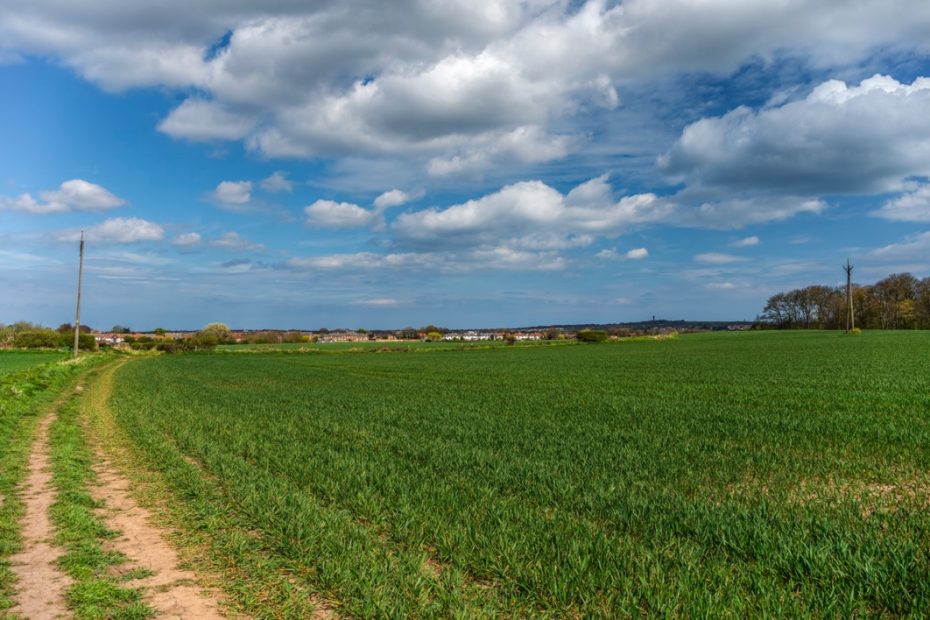EB7: Biodiversity
Development should protect and enhance biodiversity. Where practicable, proposals should demonstrate how measurable net gains will be achieved. Where development would result in the loss or significant harm to biodiversity, applicants will be required to demonstrate that the adverse impacts will be adequately mitigated, or as a last resort compensated for.
Any future housing developments should have regard to Interim Supplementary Planning Document 23: Mitigation for European Sites or any successor document. All financial contributions required in accordance with this policy will be secured by way of a planning obligation under section 106 of the Town and Country Planning Act 1990, or any subsequent amending legislation.
To protect water dependent protected and priority species, developments on or near watercourses, drains, ponds or wetlands need to appropriately consider these species. Opportunities should be taken to conserve and enhance the habitat for water dependent protected and priority species and to create and restore important habitats.
Where appropriate, development schemes should embed proposals which look to enhance existing natural features within the site and increase biodiversity, such as maximising the potential for gardens in new residential development to contribute to biodiversity by providing a habitat for wildlife.


